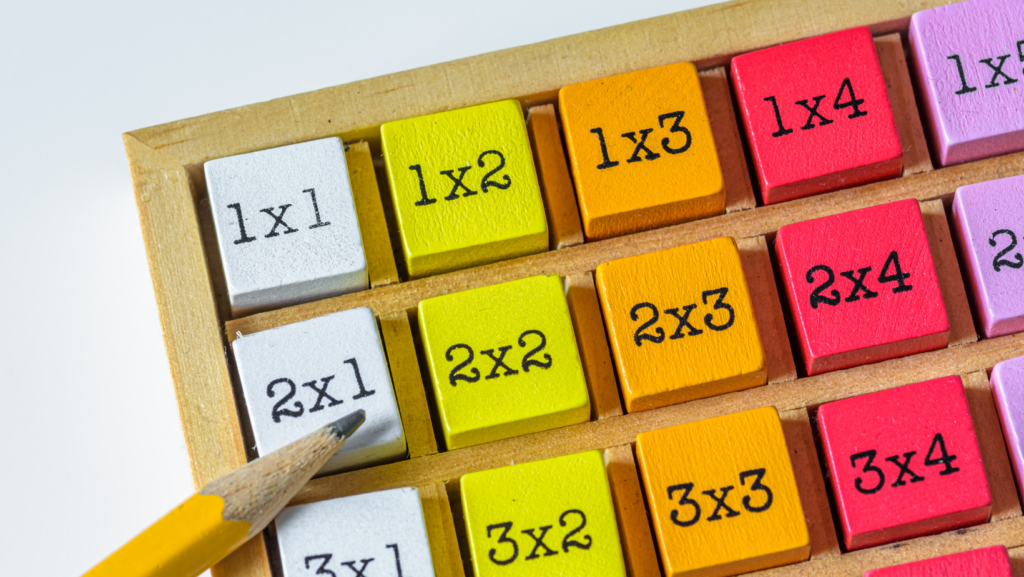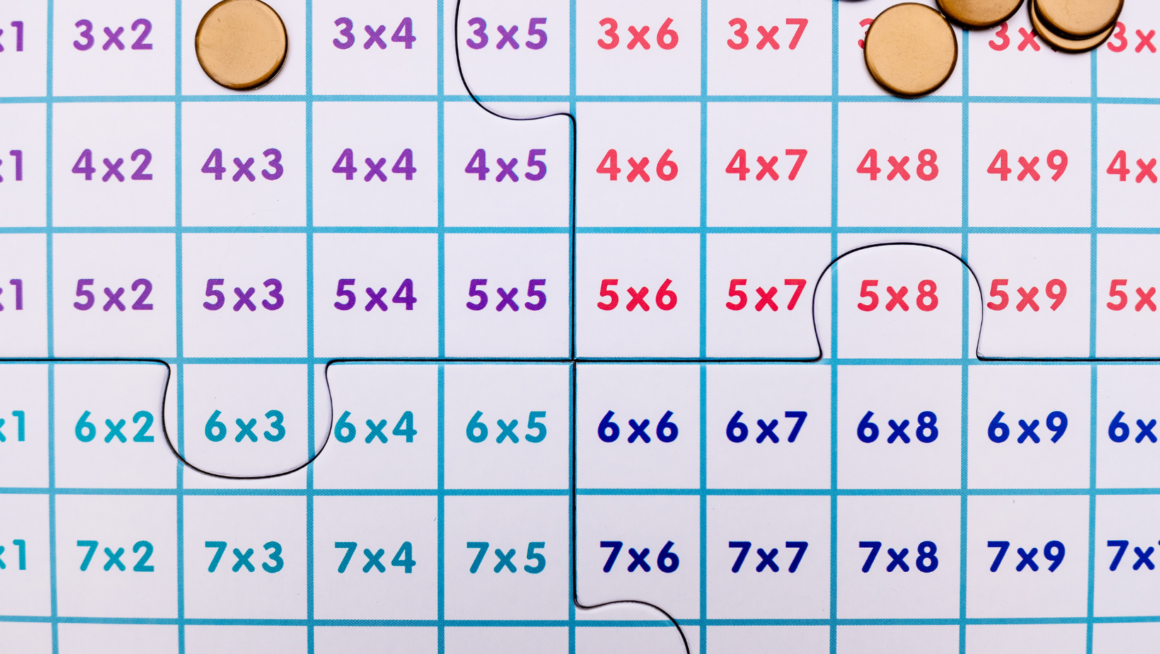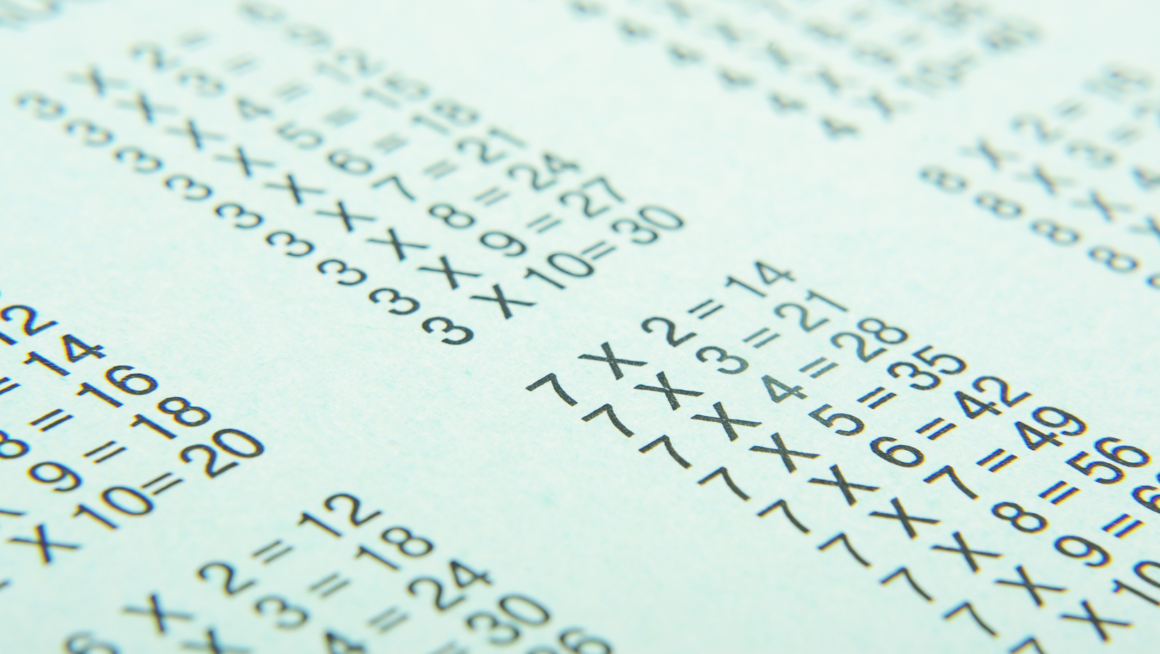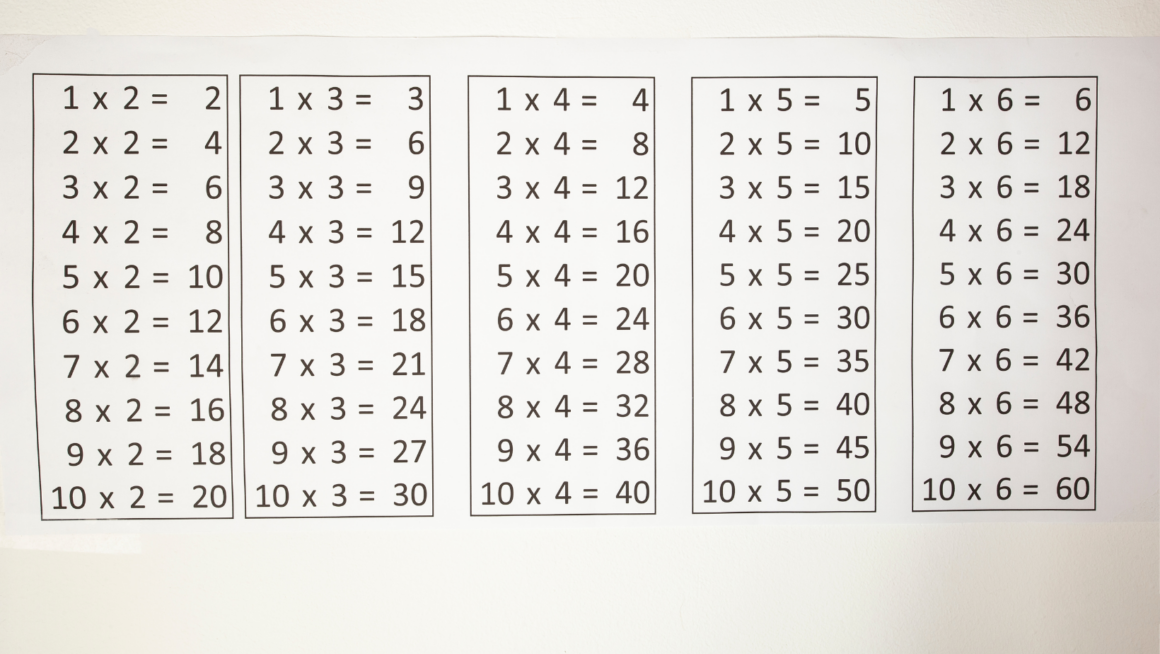
Mastering multiplication tables is a fundamental part of any child’s mathematical education. It’s a stepping stone to more complex mathematical concepts and a tool that they’ll use throughout their lives. But, learning them doesn’t have to be a chore.
In this article, we’ll explore innovative and fun ways to help children grasp multiplication tables. We’ll delve into the benefits of knowing them by heart and provide practical tips to make the learning process enjoyable. So, whether you’re a parent, teacher, or tutor, buckle up for a journey into the fascinating world of multiplication tables. The Rise of Social Learning and Interactive Techniques has revolutionized how we approach education, making it more engaging and effective.
Understanding the grande las tablas de multiplicar

Building upon the importance of multiplication tables in a child’s mathematical journey, this section delves into A Beginner’s Guide to las tablas de multiplicar. Detailed attention gets placed on its origin and purpose, as well as its practical application.
How to Use grande las tablas de multiplicar
Making use of the grande las tablas de multiplicar isn’t complex. It begins by selecting two numbers. The position where these numbers intersect on the table represents their product. For instance, the intersection of 5 and 7 on the table gives 35. Practice makes perfect, and a strong command of multiplication tables assists in swift calculations without the need for electronic devices.
Features of grande las tablas de multiplicar

Bearing an impressive array of attributes, grande las tablas de multiplicar marries utility and ingenuity. It presents a balance of ease, efficiency, and educational merit.
User-friendly Design and Interface
The layout of grande las tablas de multiplicar stands out for its simplicity and accessibility. Highlighting numbers clearly, it ensures users spot the products swiftly. The interface, refined and clutter-free, minimizes distraction and eases navigation. For instance, users simply pick two numbers, their intersection point on the grid discloses the product. This interactive approach not only fosters engagement but also fortifies learning, positioning it aptly for users of all ages.
Education-oriented Content and Methods
Grounded in robust pedagogical principles, grande las tablas de multiplicar paves a clear path to mastery of multiplication. Elucidating number patterns visually, it spawns deeper comprehension and retention. For instance, low numerals like 1, 2 and 5 have patterns of equally-spaced points along their corresponding rows or columns. Furthermore, it facilitates practice – the cornerstone of numeracy skills. Melding a pivotal mathematic concept with interactive tools, it empowers learners, instilling confidence and proficiency in multiplication.
Potential Improvements for grande las tablas de multiplicar

Addressing potential improvements for grande las tablas de multiplicar provides a critical examination of this educational tool, advancing constructive critiques and suggesting tailored learning upgrades.
Suggested Upgrades for Tailored Learning
While grande las tablas de multiplicar has surpassed traditional multiplication tables in its inventive methods, it’s possible to further its impact. Suggested upgrades for tailored learning include a leveling feature, granting users the chance to progress at their own pace. For instance, an option for the child to start from basic one-digit multiplications, gradually advancing to two–, and then three–digit multiplications based on their mastery level.
Additionally, incorporating learning analytics can provide valuable insights into individuals’ learning patterns, noting their frequent mistakes and time spent on each table. With this information, the platform could generate a personalized study plan, focusing on those multiplication facts more challenging for the user.
Fair and Constructive Critiques
Despite the numerous positive reviews, fair and constructive critiques have been raised about grande las tablas de multiplicar. Some users have noted occasional glitches that disrupt the smooth learning journey, emphasizing the need for improved technical robustness.
Another aspect that was pointed out involves the visual presentation. A few users found the interface to be monotonous in its color scheme, suggesting the introduction of more vibrant colors to enhance visual appeal.
There’s also a request for a diverse set of learner-oriented activities. Some consider the current tasks to be repetitive, urging the inclusion of more game-based tasks that integrate multiplication facts, like puzzles or trivia quizzes.











